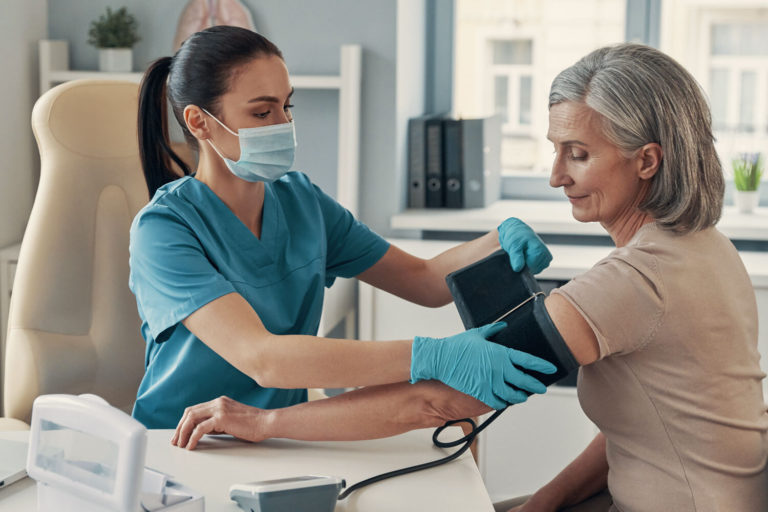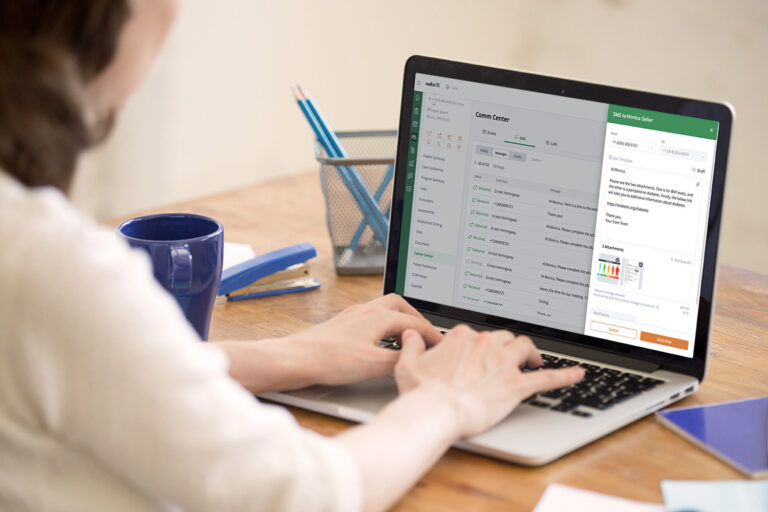Chances are, you know someone with Type 1 or Type 2 diabetes – or you may have it yourself. The statistics bear this startling reality out: the Centers for Disease Control project that by 2040, more than half a billion people worldwide will have diabetes, up from 415 million right now. In the US alone, it’s predicted that 1 in 3 Americans will have diabetes in their lifetime. What’s more, it’s linked in much greater numbers to “racial and ethnic minority and low-income adult populations” with substantially poorer outcomes.
Can you imagine the investment of time, care, energy and expertise that goes into helping people manage this disorder effectively? $237B is spent annually in the US alone on “direct medical costs” – one out of every four dollars spent in healthcare goes to addressing diabetes. This expenditure is worth it – human lives are at stake and we should do all we can to get and keep people healthy. And we should acknowledge that much of the problem is also inextricably linked to social determinants of health like housing, education, food insecurity, toxic physical environments, healthcare access, etc., so there is a limit on what healthcare can achieve on its own. Regardless, we owe it to these patients to help their care teams function as effectively as possible.
Here’s how technology can help care teams dial in and dial up their efficiency and connection to ease the pressure to perform and improve patient outcomes.
Holistic care should be easier
The reality is that diabetes is manageable for most with a holistic approach to health. Healthy lives are within reach through medication and lifestyle changes. And that also hinges on care teams having access to every care tool that’s needed in one place. A technology platform that keeps every care team member in the fight – with access to critical information at their fingertips right when they need it – can be an extraordinary sidekick.
Overworked medical professionals need every possible advantage. That’s especially critical given how much can happen when patients slip through the cracks, from associated conditions like visual impairment, chronic kidney disease, and high blood pressure and cholesterol to higher instances of depression to lost productivity.
Support matters
To the surprise of no one, when people get consistent, kind and regular support, they feel more motivated to stay on track and be active participants in their care. Turns out, human connection matters deeply to patient outcomes! Technology can do so much to help patients feel that real, authentic support, the kind that lets patients know that their team is there to believe in them and keep them focused. It could be in the form of automation that provides encouragement, appointment reminders, and surveys. It could also be in the follow-up, using the results of those automated check-ins to ensure that the right care team members connect in through a personal call, text or video chat.
More data for better decision making
When everything is one place, the picture gets much crisper, much quicker. Trends in a patient’s health are easily surfaced. Part of that includes the data from connected devices – like glucometer apps that send blood glucose readings or blood pressure cuffs – that patients use at home as a routine part of their care. Bringing all that information to the fore creates urgency when it’s required – because now technology can automatically review data and issue alerts that ensure clinicians can intervene before things become emergent for a patient.
Assessment is crucial
A technology platform can make implementing customized care protocols – and adapting them – much simpler. But even more important is the ability to subsequently (and dispassionately) evaluate what’s working – not just at the patient level, as outlined above – but at the program level. It’s essential to look at patient populations, for example, to see what’s working and what needs to change. That same insight can also make it much more straightforward to find best practices and embed them as part of routine practice. Technology is precisely where to turn to get analytics that confirm the gut instincts of medical protocol creators – or enable course corrections for the better.
Technology is no one-for-one substitute for the human connection, expertise, and effectiveness of a dialed-in care team. But it is a partner and a contributor that can offer care teams something they can get no place else: analytics, automation, and easing the burden of too many patients and too little time.


